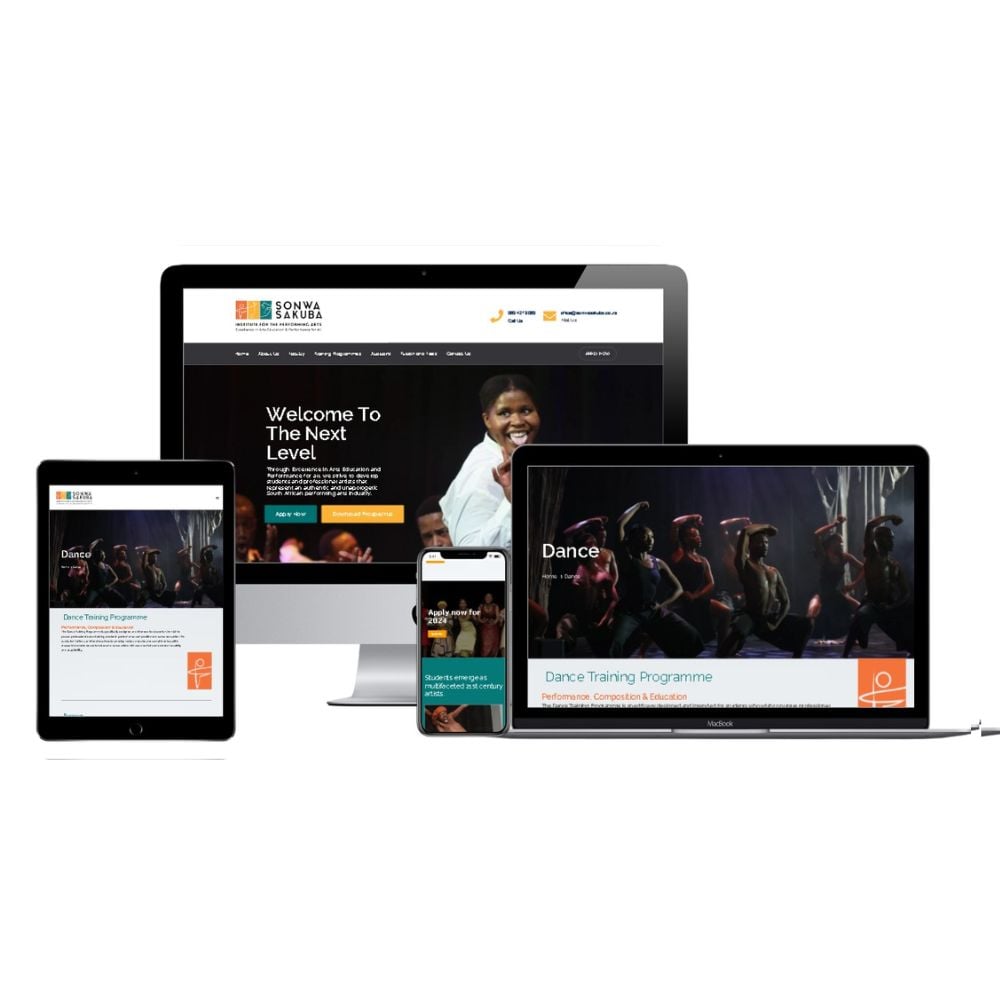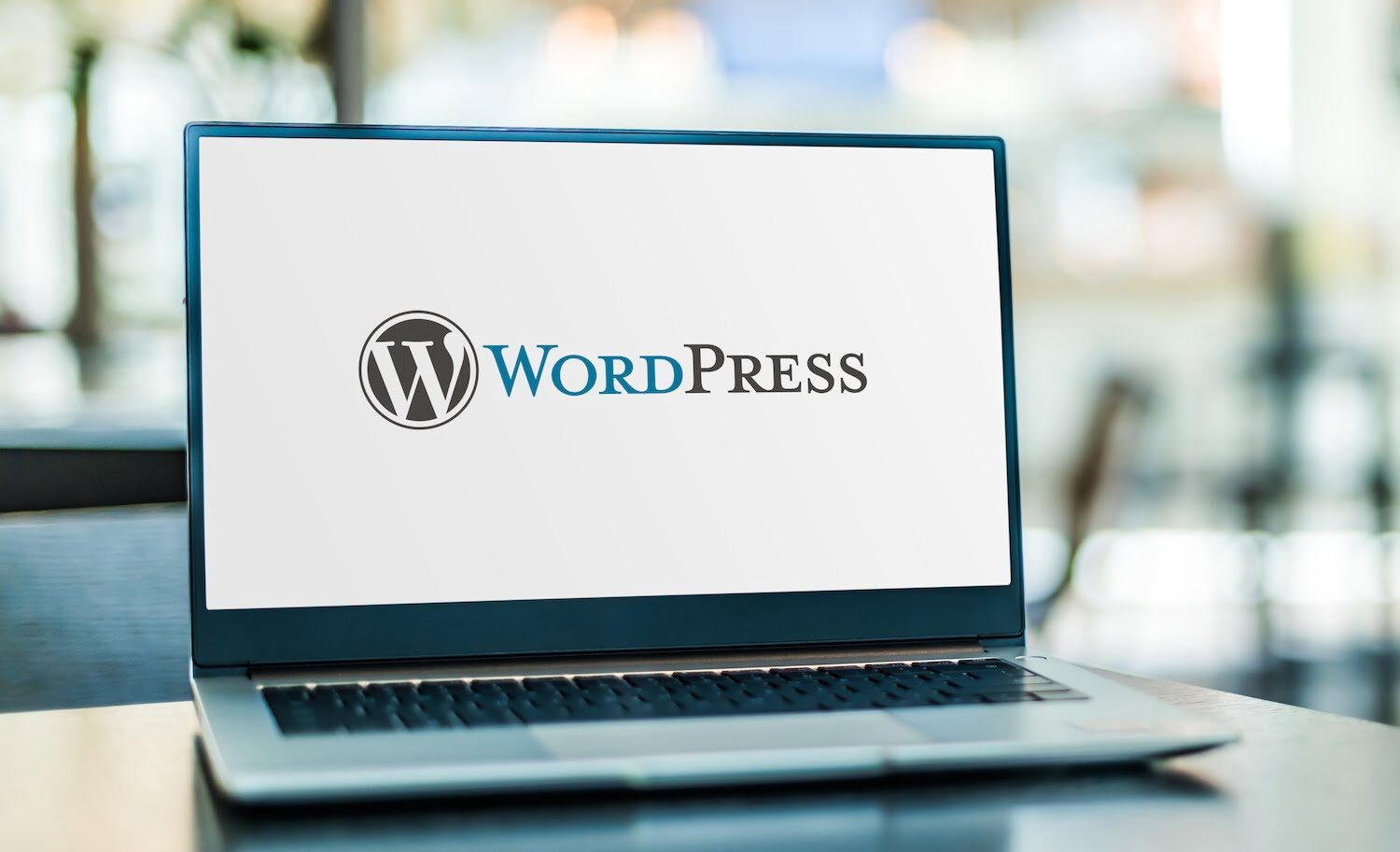Website Design in copyright: Crafting Custom Websites for Every Business
Website Design in copyright: Crafting Custom Websites for Every Business
Blog Article
Achieve Online Success With User-Friendly Web Site Design
In the increasingly competitive digital landscape, the layout of a site can be a pivotal element in establishing a business's success. User-friendly design not only enhances the overall user experience however likewise influences crucial metrics such as involvement, retention, and conversion rates.
Importance of Individual Experience
Individual experience (UX) plays a crucial role in the success of a site, as it directly influences individual complete satisfaction and involvement. A positive UX guarantees that site visitors can browse the site effortlessly, gain access to info promptly, and full preferred actions, such as making an acquisition or signing up for a newsletter, without irritation.
In a digital landscape where competition is intense, a site that prioritizes UX can dramatically boost brand name loyalty and retention. Users are most likely to return to a site that supplies a seamless experience, creating a cycle of repeat visits and enhanced customer lifetime worth. Reliable UX design can lower bounce rates, as individuals are much less inclined to leave a site that fulfills their needs effectively.
Moreover, search engines significantly think about customer experience aspects when ranking sites. Hence, investing in user experience is vital for accomplishing long-lasting success in the electronic industry.
Secret Concepts of User-Friendly Style
A successful easy to use layout depends upon several essential concepts that improve functionality and ease of access. Firstly is simpleness; a clutter-free interface enables individuals to navigate easily, lowering cognitive tons. This concept stresses the importance of clear and concise material, permitting individuals to find details promptly without unneeded disturbances.
Consistency is another vital element. Constant use colors, font styles, and formats fosters familiarity and develops trust. Customers should feel comfy as they check out different areas of the site, knowing that similar elements signify related capabilities.
Efficient typography also plays a crucial role in easy to use layout. Readable font styles, ideal dimensions, and ample spacing make certain that content is quickly understandable throughout different gadgets. In addition, incorporating instinctive aesthetic power structures aids individuals determine key details and activities at a glance.

Vital Functions for Navigation
Efficient navigating is vital for any type of user-friendly web site, as it directly affects the total customer experience. A well-structured navigation system permits users to find information quickly and efficiently, reducing frustration and increasing involvement.
One necessary function is a user-friendly and clear food selection that categorizes web content logically - website design copyright. This menu needs to browse around this site be quickly obtainable from every page, commonly positioned at the top or on the side of the internet site. Furthermore, incorporating breadcrumb navigating aids users understand their area within the site pecking order and makes it easier to backtrack
Browse performance is another vital part, enabling customers to find specific material without looking through numerous pages. This function must be plainly displayed and receptive to variants in input.
Furthermore, a mobile-responsive style guarantees that navigating remains smooth throughout tools. As mobile use remains to rise, food selections ought to adjust to various screen sizes without jeopardizing functionality.
Last but not least, aesthetic cues such as highlighting the energetic page and utilizing hover effects can boost user communication. By integrating these important attributes, web site developers can produce a navigational experience that is not just easy to use yet likewise urges exploration and retention.
Ease Of Access Factors To Consider
Availability factors to consider are important to creating a straightforward site that accommodates all people, no matter their capabilities or disabilities (website design copyright). Websites need to be designed to guarantee that customers with aesthetic, auditory, cognitive, or motor disabilities can involve with content successfully. This starts with adherence to the Internet Content Ease Of Access Standards (WCAG), which give a framework for making digital material a lot more obtainable
Key practices include using detailed different message for images, guaranteeing shade comparison ratios satisfy access standards, and offering subtitles for multimedia aspects. Furthermore, the navigating ought to be instinctive, permitting customers to tab via web links and interactive components conveniently. Implementing key-board navigating is crucial for those unable to use a mouse.
Furthermore, clear and concise language improves understanding Visit Website for users with cognitive constraints. Kinds need to be uncomplicated, with tags and directions that are simple to understand. Normal accessibility screening, consisting of individual comments from individuals with disabilities, can aid improve and recognize obstacles functionality.
Measuring Design Success

Customer comments surveys and usability screening are essential in analyzing the efficiency of style aspects. These approaches permit designers to gather direct input from individuals, identifying pain points and locations for enhancement. Additionally, tracking heatmaps can disclose where individuals click most frequently, aiding to notify layout adjustments and material prioritization.
Analytics devices play an essential duty in determining design success by giving data-driven insights. For instance, Google Analytics can track user actions, exposing patterns that show whether the style is hindering the individual or facilitating trip. Inevitably, a successful web site design not only satisfies business goals yet also promotes a delightful and seamless individual experience, driving involvement and loyalty gradually. Routinely taking another look at these metrics ensures that the web site evolves in positioning with customer demands and industry best practices.
Verdict
Prioritizing user experience through simpleness, user-friendly navigation, and reliable feedback devices not only boosts user involvement and satisfaction yet also cultivates brand commitment. Incorporating essential navigating features and access considerations further makes certain that all individuals can effectively engage with the site.
Internet sites need to be created to ensure that customers with visual, acoustic, cognitive, or motor impairments can involve with material effectively.Gauging design success includes reviewing exactly how properly a web site meets its designated objectives while providing a positive individual experience. Google Analytics can track customer actions, revealing patterns that suggest whether the layout is helping with or preventing the user journey. Ultimately, a successful web site layout not just meets company goals however additionally cultivates a seamless and pleasurable customer experience, driving interaction and loyalty over time. Prioritizing individual experience additional hints via simpleness, instinctive navigating, and effective feedback mechanisms not only enhances user engagement and complete satisfaction however likewise promotes brand loyalty.
Report this page